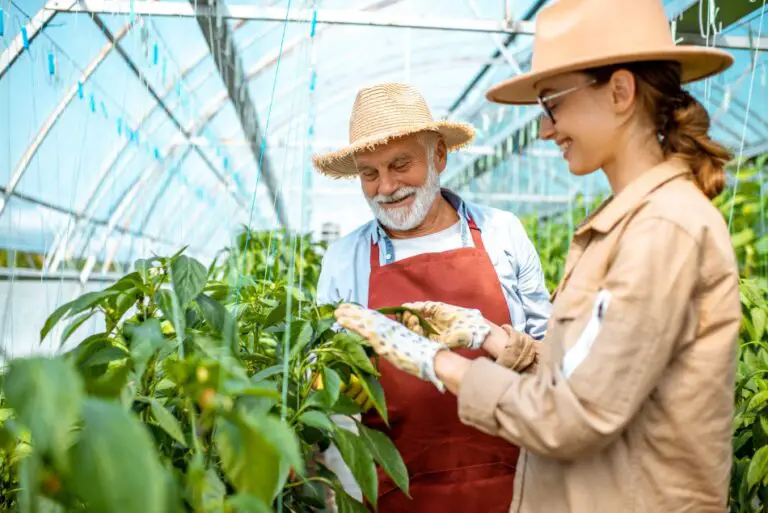

Step 5: Watering the plant for more Peppers Older Pepper plants will still produce (with more reduction), but many plants can be grown indefinitely.

Pepper plants grown in this way can be very productive for about three years this is when the Pepper starts to shrink with less fruit and less quality Peppers. Hydroponics – Hydroponics is another way to grow Pepper quickly. Use compost – Making your compost from grass clippings, leaves, and kitchen waste is a great way to improve your soil to help your chili Pepper plants flourish. In case you missed it: Organic Chilli Cultivation (Peppers/Mirchi), Farming Process Use soft materials to tie plants to stakes or cages. In addition, Pepper plants can produce heavy fruit, and it may be helpful to provide some help to the plants by using trunks or cages to prevent the branches from breaking under the weight. A timed-release fertilizer can be applied at the time of blooming, or liquid fertilizer can be applied to the plants at the planting time and every two weeks after that.

If you wish, add fertilizer or manure before planting.

Choose good quality soil or pot mix for growing your Pepper that facilitates good drainage. Keep the soil moist but do not give it too much water. Pepper plants require well-drained and airy soil. Acidic soil is not suitable for Pepper cultivation. Peppers can be grown in all soils, but sandy loam, clay loam, and loamy soils with a pH of 5.5 to 7 are best. It is grown in areas where 25-30 inches of rain falls annually as a rainfed crop. Image Source Top 18 steps to boost Chilli/Pepper yield Step 1: Soil and climate for high crop yieldĬhili is a plant of tropical and sub-tropical regions it grows well in hot and humid climates and temperatures of 20 to 25☌. Let’s check out the top 18 steps to boost Chilli/pepper yield. Peppers are popular because they produce a crop relatively quickly. Pepper is also called Chilli, which belongs to the genus Capsicum, the family Solanaceae. Different varieties are grown for vegetables, pickles, spices, and condiments. Pepper is considered one of the most critical commercial spice crops, and it is called Wonder Spice.


 0 kommentar(er)
0 kommentar(er)
